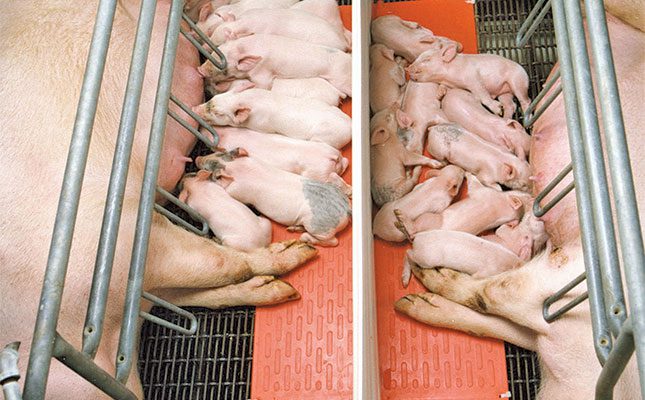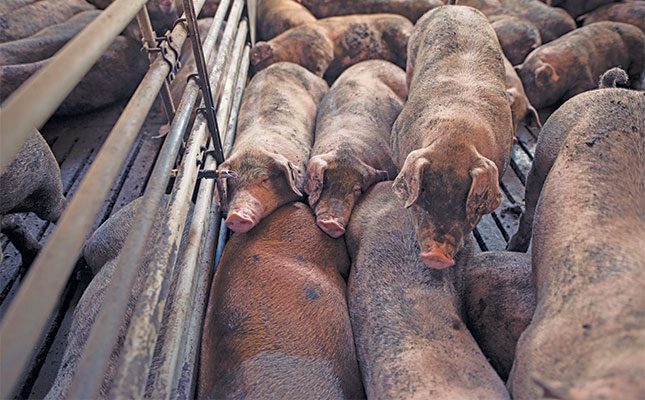Pig farming presents a lucrative opportunity in South Africa, particularly with the growing demand for pork and the heightened focus on food security. However, entering this industry requires careful planning, strategic market analysis, and financial management.
This guide offers practical advice for aspiring pig farmers, from creating a robust business plan to sourcing equipment, managing cash flow, and expanding market access.
Start with a Clear Plan
A solid business plan is the backbone of any farming venture. It serves as a strategic guide, translating ideas into actionable steps.
Instead of relying solely on traditional lengthy business plans, consider using a business model canvas. This one-page overview includes elements like value propositions, target markets, and revenue streams, making it easy to reference and adjust.
For those seeking funding, your business plan should highlight clear strategies for generating income and achieving profitability. Include specific operational and sales plans to assure potential investors of your business’s viability.
Invest in the Right Equipment and Infrastructure
Efficient pig farming requires specialized equipment and infrastructure to ensure productivity and animal welfare. Essential items include:
- Farrowing crates: Safely house sows during birthing.
- Durable pens: Separate pigs by size or age.
- Feeding systems: Automate portions to reduce waste.
- Heating and ventilation systems: Maintain optimal temperatures and air quality, especially for piglets.
- Manure management tools: Composters or storage solutions to handle waste sustainably.
- Health monitoring tools: Syringes, disinfectants, and record-keeping software for tracking health and breeding.
Investing in high-quality equipment may seem costly, but it significantly contributes to long-term profitability.
Financial Planning and Cash Flow Management
Financial stability is crucial for sustainable pig farming. Monitor cash flow carefully to manage operational costs and plan for growth.
- Cash Flow Projections: Determine how many animals, infrastructure, and resources are needed to meet your income goals.
- Monthly Reviews: Track income and expenditures regularly to identify trends and savings opportunities.
- Seasonal Forecasts: Plan for fluctuations in cash flow due to seasonal patterns.
- Use Accounting Tools: Software like QuickBooks or Xero simplifies bookkeeping and provides clear financial insights.
By staying on top of your finances, you can make informed decisions and avoid unnecessary strain.
Market Research and Strategic Marketing
South Africa’s pork industry imports over 25,000 tons annually, creating a gap that local pig farmers can fill.
- Research the Market: Identify consumer preferences and underserved market segments.
- Collaborate Strategically: Partner with abattoirs, butcheries, and auctioneers to expand your reach.
- Form Co-operatives: Small-scale farmers can pool resources to sell in bulk, gaining access to larger buyers and reducing dependency on imports.
By engaging in market research and forming alliances, farmers can secure profitable opportunities and enhance market stability.


Education and Skills Development
Practical knowledge is as important as theoretical understanding. Hands-on experience, farm visits, and training programs can equip farmers with the skills needed for sustainable operations.
Organizations like the Agricultural Research Council and agricultural colleges offer courses in livestock management, farm operations, and market research to enhance expertise.
The Path to Success
Pig farming is more than raising animals; it’s about building a sustainable, profitable business that contributes to food security and community growth.
By following a structured approach—starting with a business plan, investing in the right tools, managing finances wisely, and actively engaging with the market—farmers can achieve long-term success.
With dedication, research, and strategic planning, South African pig farmers can meet the rising demand for pork, reduce imports, and strengthen the local agricultural industry.
The guidance on collaborating with local markets and forming co-operatives was exactly what I needed. This article has motivated me to explore new opportunities and grow my farm sustainably.
I’ve been in pig farming for five years, and I wish I had read something like this when I started. The insights on cash flow management and equipment selection are spot-on and so easy to follow.”
This article is a goldmine of practical advice! The emphasis on business planning and market research has inspired me to refine my pig farming strategy and take my business to the next level.
Good one, keep up the good work!
Great write-up, I regular visitor of one blog, maintain up the excellent operate, and It’s going to be a regular visitor for a long time.
What i do not realize is if truth be told how you are not actually a lot more well-preferred than you may be now. You are so intelligent. You know therefore considerably in the case of this topic, made me in my view consider it from a lot of various angles. Its like women and men aren’t involved until it something to accomplish with Lady gaga! Your own stuffs excellent. Always take care of it up!
Thanks for giving your ideas. The first thing is that pupils have a choice between government student loan along with a private student loan where it’s easier to choose student loan debt consolidation loan than in the federal education loan.